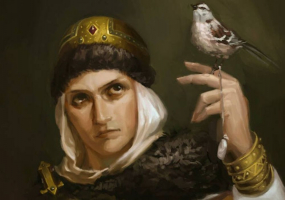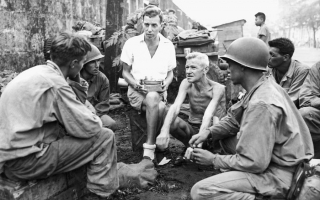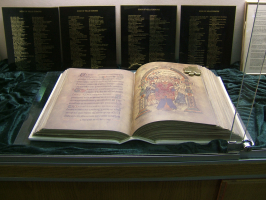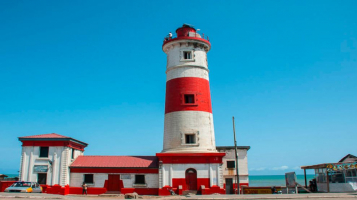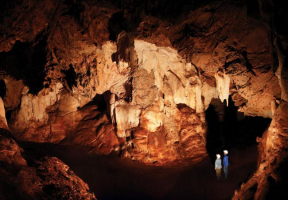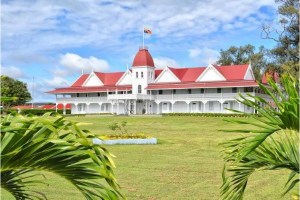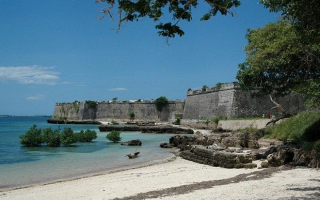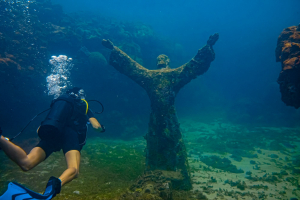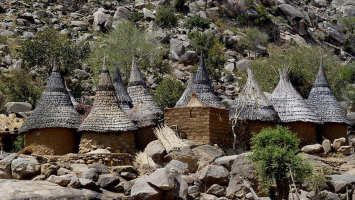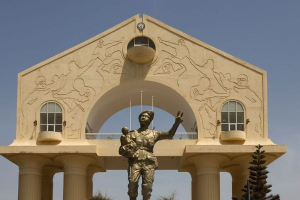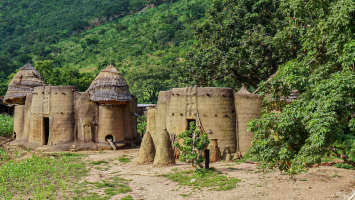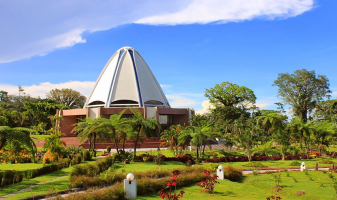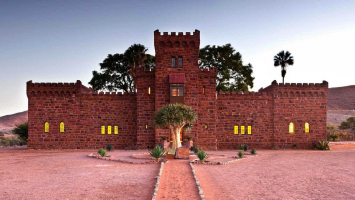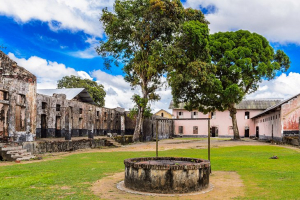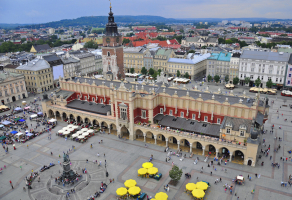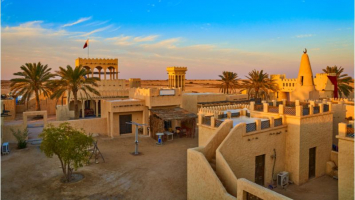Top 10 Most Famous Samurai Warriors in History
From the late 12th century until their abolition in 1876, Samurai were the hereditary military nobility and officer caste of medieval and early-modern Japan. ... read more...They enjoyed high status and specific rights such as the ability to carry two swords and the authority to kill someone of a lower class in certain circumstances. They practiced the bushido codes of martial qualities, indifference to pain, and unwavering loyalty, participating in several local skirmishes. Here are the 10 most famous samurai warriors in history.
-
Oda Nobunaga (23 June 1534 – 21 June 1582) was a Japanese samurai warrior who was a key figure during the Sengoku period. Nobunaga was the powerful Oda clan's leader when he launched a war against other daimyō to unify Japan in the 1560s. In 1573, Nobunaga became the most powerful daimyō, deposing the nominally ruling shogun Ashikaga Yoshiaki and dissolving the Ashikaga Shogunate. By 1580, he had conquered most of Honshu island and had defeated the Ikkō-ikki rebels. Nobunaga's reign was notable for its innovative military tactics, promotion of free trade, civil government reforms, and the beginning of the Momoyama historical art period. In the Honnō-ji Incident in 1582, Nobunaga's retainer Akechi Mitsuhide ambushed him in Kyoto and compelled him to perform seppuku. Toyotomi Hideyoshi succeeded Nobunaga, and he and Tokugawa Ieyasu ended their campaign for unification shortly after.
Oda Nobunaga is recognized as one of the three great unifiers of Japan, together with his retainers Toyotomi Hideyoshi and Tokugawa Ieyasu. Hideyoshi later united Japan in 1591 and invaded Korea the following year. He died in 1598, however, and Ieyasu took power following the Battle of Sekigahara in 1600, becoming shogun in 1603, and bringing the Sengoku period to a close.
Japanese name: 織田信長
Born: 23 June 1534 in Nagoya, Owari, Japan
Died: 21 June 1582 in Honnō-Ji, Kyoto, JapanNicknames: "Fool of Owari", "Demon King"
Notable Battles: Battle of Akatsuka, Battle of Muraki, Battle of Kiyosu
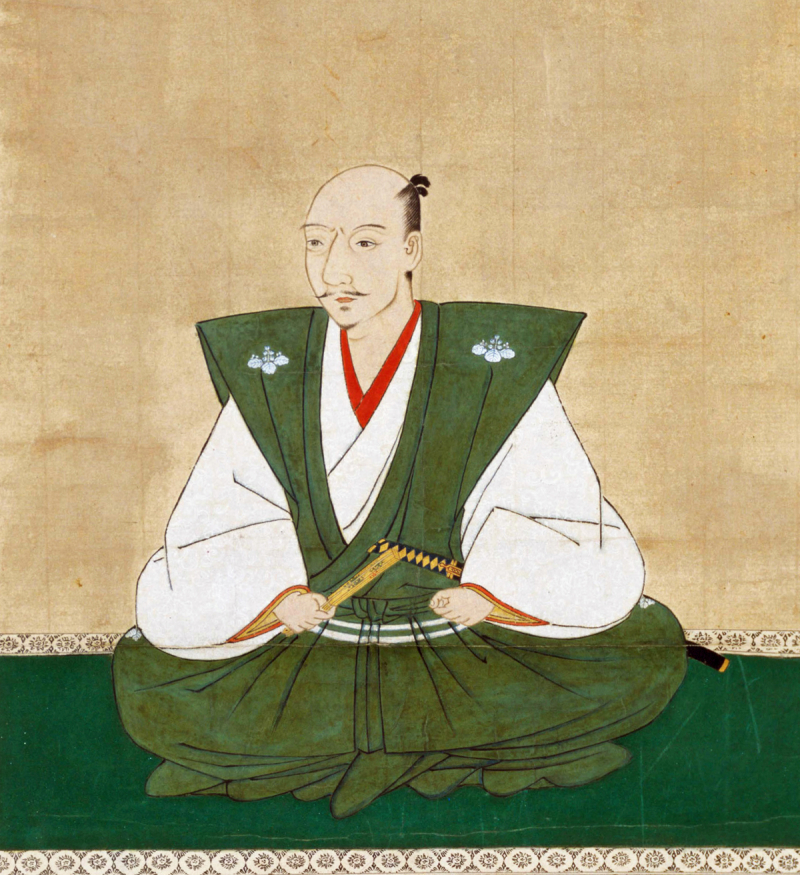
en.wikipedia.org 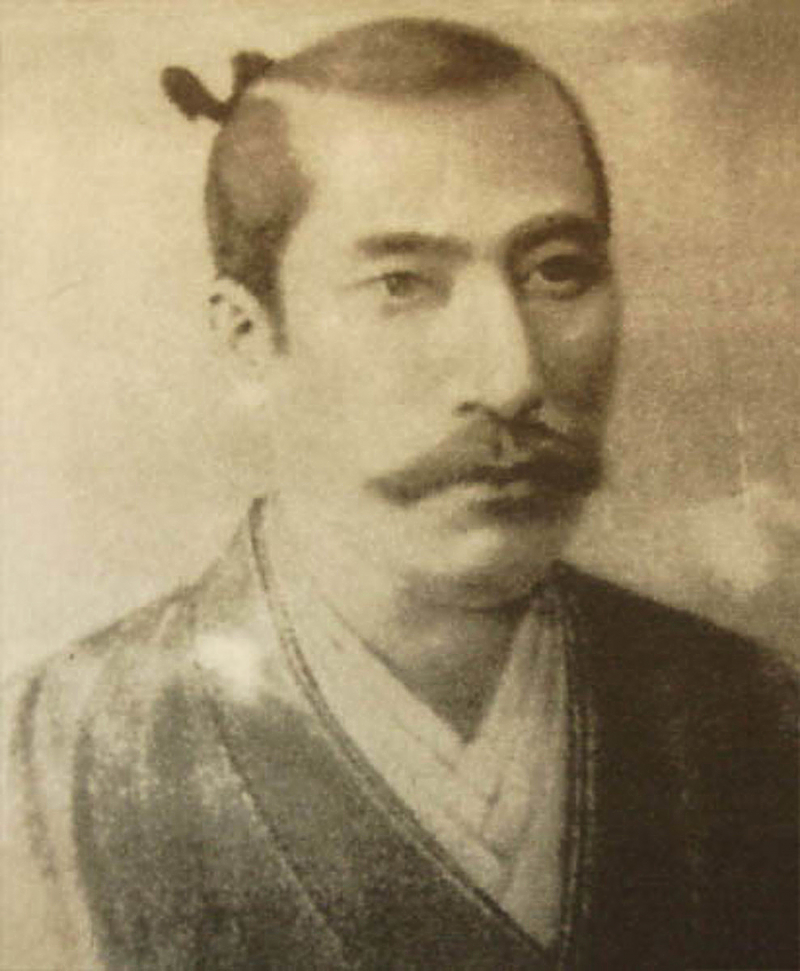
commons.wikimedia.org -
Toyotomi Hideyoshi (17 March 1537 – 18 September 1598), also known as Kinoshita Tōkichirō and Hashiba Hideyoshi, was a Japanese samurai and daimyō of the late Sengoku period who is recognized as Japan's second "Great Unifier."
Hideyoshi climbed from humble beginnings as a retainer of the strong lord Oda Nobunaga to become one of Japan's most powerful men. After the Honn-ji Incident in 1582, Hideyoshi took over as Nobunaga's successor and continued Nobunaga's quest to unite Japan, which led to the end of the Sengoku period. By the mid-1580s, Hideyoshi had become the de facto leader of Japan, holding the prestigious offices of Chancellor of the Realm and Imperial Regent.
Hideyoshi conducted Japanese invasions of Korea in 1592, with initial success, but subsequent military stalemate hurt his reputation before his death in 1598. Tokugawa Ieyasu removed Hideyoshi's young son and heir Toyotomi Hideyori at the Battle of Sekigahara in 1600, resulting in the establishment of the Tokugawa Shogunate.
Hideyoshi's reign spans the majority of Japan's Azuchi-Momoyama period, which is called after his castle, Momoyama Castle. Hideyoshi left an indelible mark on Japan, including Osaka Castle, the Tokugawa class structure, the prohibition on samurai possessing weapons, and the construction and renovation of numerous temples, some of which can still be seen in Kyoto.
Japanese name: 豊臣 秀吉
Born: February 2, 1537, in Nakamura, Owari, Japan
Died: September 18, 1598, in Fushimi Castle, Kyoto, Japan
Nickname: "Saru"Notable battles: Siege of Inabayama, Siege of Kanegasaki, Battle of Anegawa
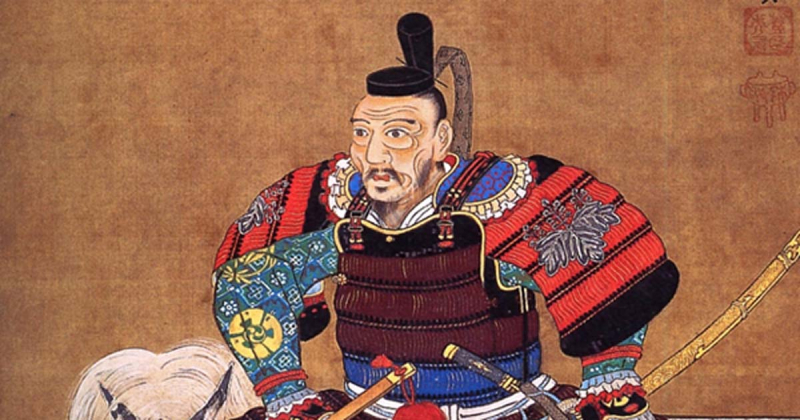
ancient-origins.net 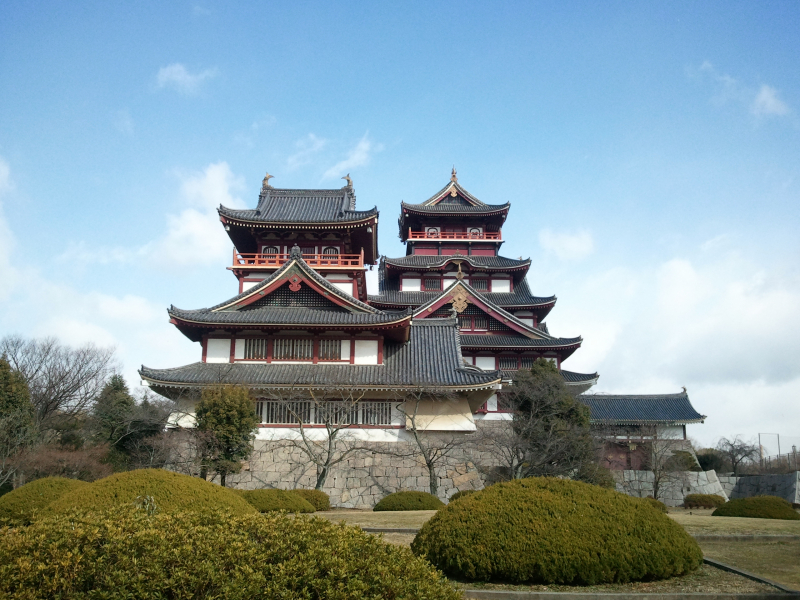
Momoyama Castle -en.wikipedia.org -
Miyamoto Musashi (c. 1584 – 13 June 1645), also known as Shinmen Takezō, Miyamoto Bennosuke, or by his Buddhist name, Niten Dōraku, was a Japanese swordsman, philosopher, strategist, writer, and rōnin who became famous for his unusual double-bladed swordsmanship and undefeated record in 61 duels. Musashi, as he was commonly known, is regarded as a Kensei, or Japanese sword saint. He founded the Niten Ichi-ryū, or Nito Ichi-ryū, swordsmanship style and wrote The Book of Five Rings and The Path of Aloneness in his latter years.
Both records were entrusted to Terao Magonojō, Musashi's most important disciple, seven days before his death. The Book of Five Rings focuses on the concrete character of his Niten Ichi-ryū school, his own practical martial art, and its generic importance, whereas The Path of Aloneness focuses on the principles that underpin it, as well as his life's philosophy, in a few short aphoristic words.
It is an interesting fact that to celebrate his name and legend, the Miyamoto Musashi Budokan training center was built in Ōhara-chō (Mimasaka), Okayama prefecture, Japan.
Japanese name: 宮本 武蔵
Born: c. 1584 in Harima Province, Japan
Died: 13 June 1645 in Higo Province, JapanOther names: Niten Dōraku; Shinmen Musashi no Kami Fujiwara no Harunobu
Notable battles: with Arima Kihei, Sasaki Kojirō
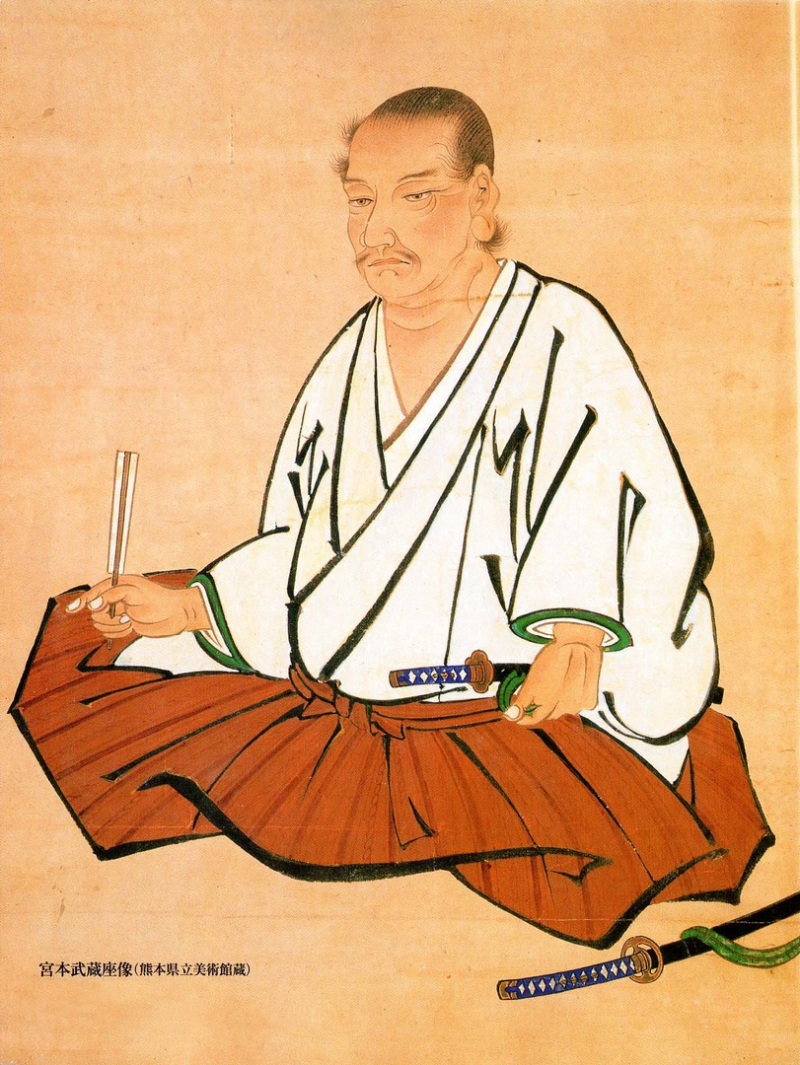
en.wikipedia.org 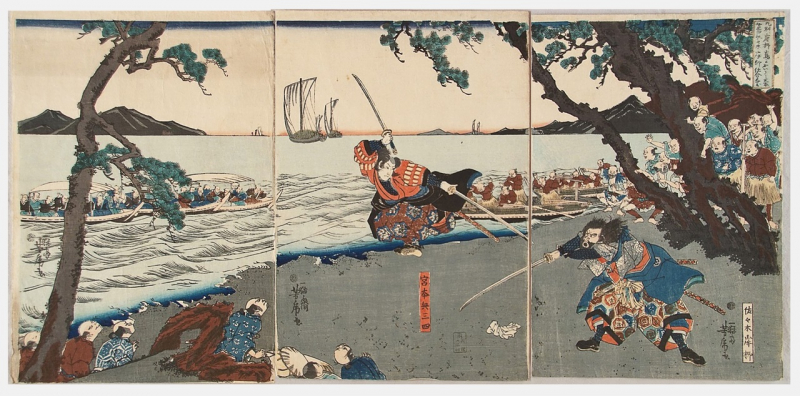
Miyamoto Musashi (center) -en.wikipedia.org -
Honda Tadakatsu (March 17, 1548 – December 3, 1610) was a Japanese samurai, general, and daimyo during the late Sengoku and early Edo periods who served Tokugawa Ieyasu. Honda Tadakatsu, along with Ii Naomasa, Sakakibara Yasumasa, and Sakai Tadatsugu, was one of the Tokugawa Four Heavenly Kings.
Honda's fame caught the attention of Japan's most powerful figures at the time. Oda Nobunaga, who was infamous for not praising his followers, referred to him as a "samurai among samurai." Toyotomi Hideyoshi further mentioned that the best samurai were "Honda Tadakatsu in the east and Tachibana Muneshige in the west." Honda was commended by Takeda Shingen, who described him as "a luxury of Tokugawa Ieyasu." He was widely considered to be a renowned samurai and a devoted follower of Tokugawa Ieyasu.
Tadakatsu is known as "The Warrior Who Surpassed Death" because, although having fought in over 57 fights towards the end of his life, he never received a severe wound and was never vanquished by another samurai. Tadakatsu is frequently portrayed as the polar antithesis of Ieyasu's other great general, Ii Naomasa, in theater and other contemporary works. While both were powerful Tokugawa fighters, Tadakatsu's ability to avoid harm is frequently contrasted with the typical picture of Naomasa suffering multiple combat wounds yet battling through them.
Japanese name: 本多 忠勝
Born: March 17, 1548, in Mikawa Province, Japan
Died: December 3, 1610, in Edo, JapanNotable battles: Battle of Anegawa, Battle of Mikatagahara, Battle of Nagashino
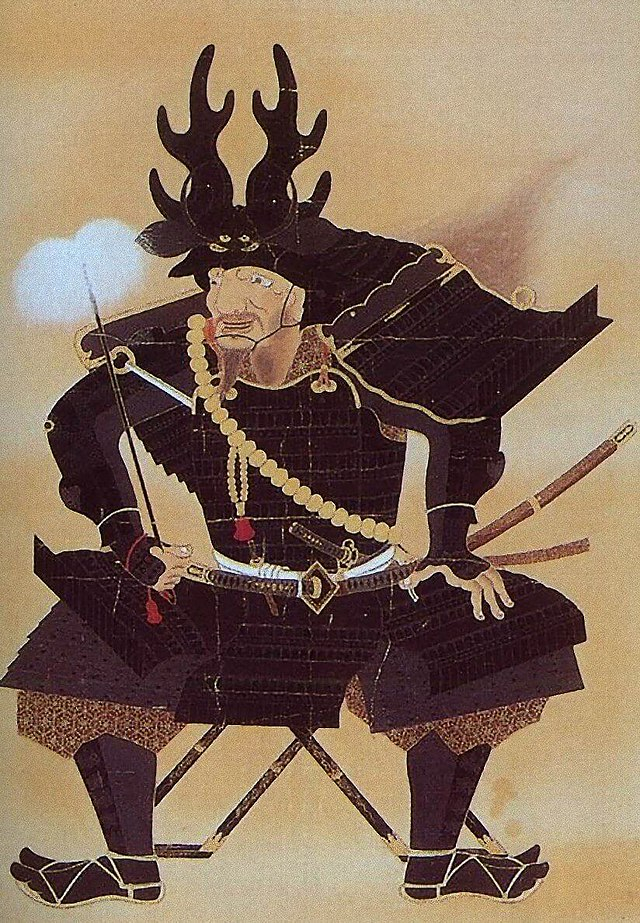
vi.wikipedia.org 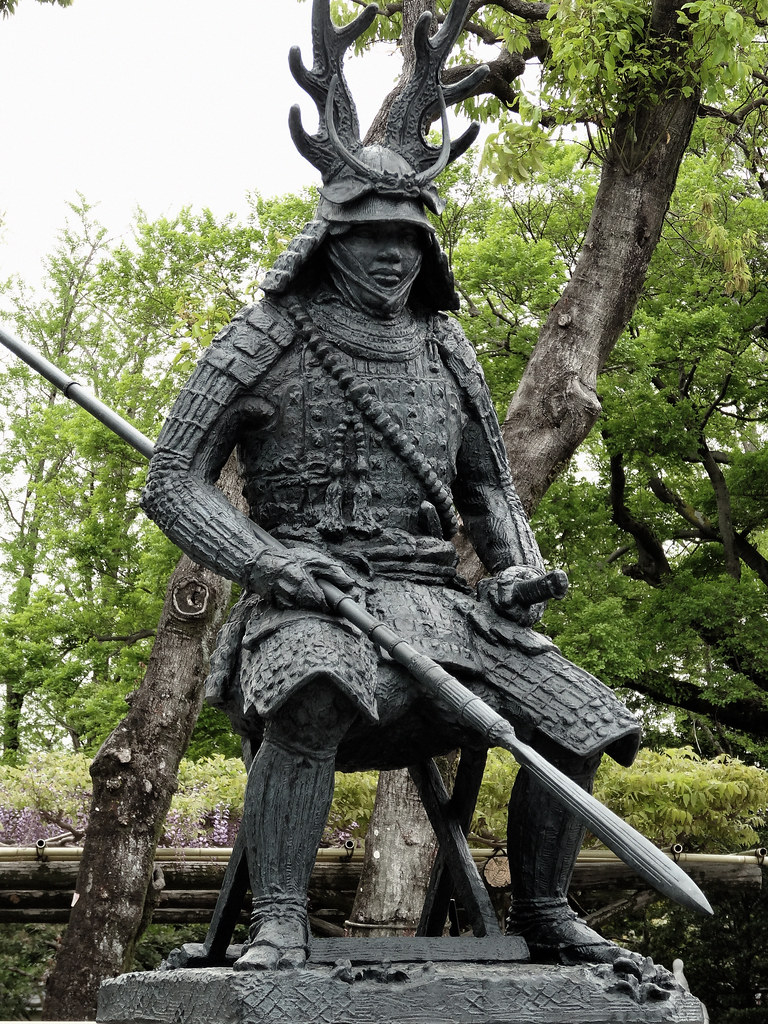
Alamy Statue of Honda Tadakatsu in Okazaki Castle, Japan -flickr.com -
Takeda Shingen (December 1, 1521 - May 13, 1573), one of the most famous samurai warriors in history, was a preeminent daimyō in feudal Japan. He was known as the "Tiger of Kai" and was one of the most powerful daimyō with outstanding military status during the late Sengoku period. Shingen was a warlord with exceptional military prowess.
According to Ken Pletcher( a senior editor for Encyclopædia Britannica with M.A. in Japanese studies), Takeda Harunobu was born into the strong Takeda clan of Shugo daimyo (military governors), who ruled Kai province (present-day Yamanashi prefecture), a hilly territory west of the Kantō Plain at the time. In 1541, he pushed his father, Takeda Nobutora, to step down as clan leader, and Harunobu took over. He quickly began expanding his family's territories northward into Shinano province (now Nagano prefecture) and other lands bordering Kai. In 1551, he was ordained as a priest and took the Buddhist name Shingen. Taking religious vows, on the other hand, had no effect on his engagement in worldly concerns.
Soon after, Takeda launched his rivalry with Uesugi for mastery of Kant. Despite the fact that their wars lasted more than a decade, Takeda rose to become one of the most prominent military leaders in east-central Japan. As such, he posed a threat to Oda Nobunaga, the powerful warrior who was striving to unify Japan under his authority, as well as Tokugawa Ieyasu, Oda's friend and the creator of the Tokugawa shogunate (military dictatorship).
In January 1573, Takeda beat a Tokugawa-led force near Hamamatsu (in present-day Shizuoka prefecture), and he made additional inroads into Tokugawa-controlled territory before succumbing to a terminal illness later that year. In the early 1580s, his son and successor, Takeda Katsuyori, was beaten by Oda and Tokugawa, effectively ending the Takeda family's hegemony. Among the many dramatizations of Takeda Shingen's life is the 1980 film Kagemusha ("The Shadow Warrior") by Japanese director Kurosawa Akira.
Japanese name: 武田 信玄
Born: December 2, 1520, in Kai Province, Japan
Died: May 13, 1573, in Mikawa Province, JapanNickname: claw of eye
Notable battles: Battle of Un no Kuchi, Battle of Sezawa, Siege of Uehara
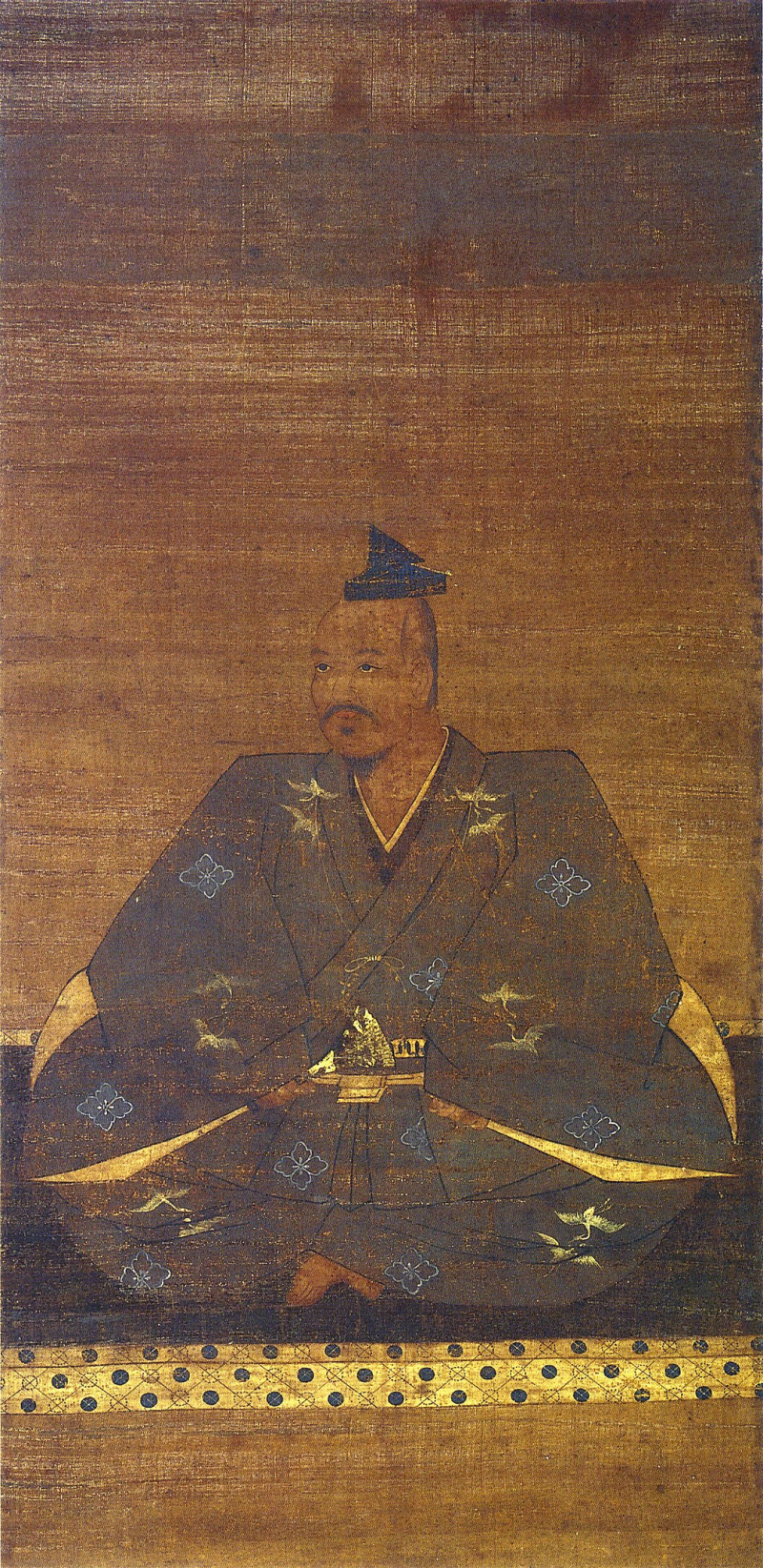
en.wikipedia.org 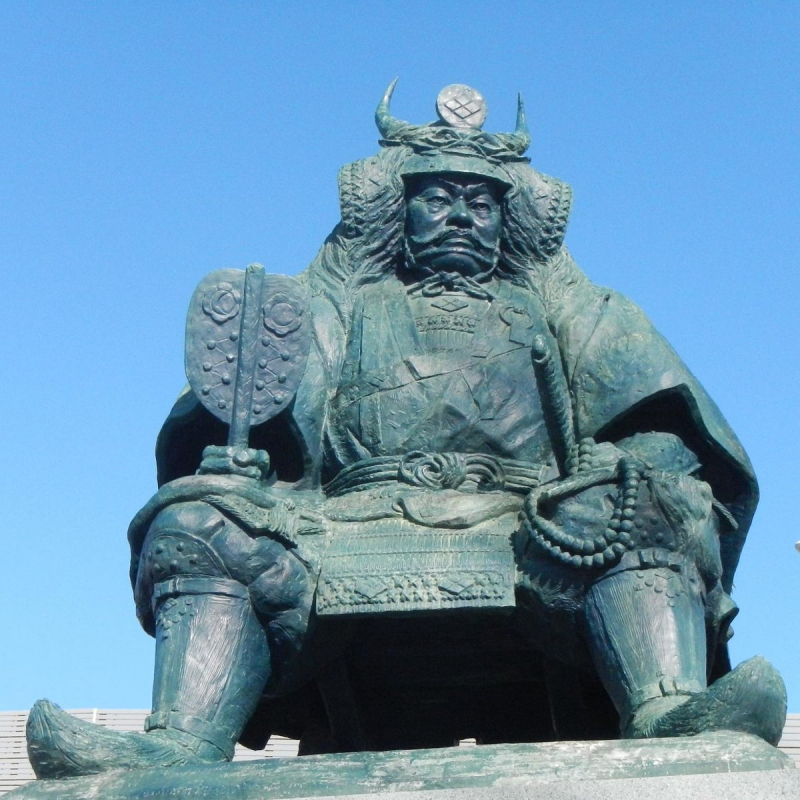
Takeda Shingen statue in Kofu -tripadvisor.com -
Hattori Hanzō (c. 1542 – November 4, 1596) was a notable Sengoku-era warrior who served the Tokugawa clan as a ninja and is credited with saving Tokugawa Ieyasu's life and eventually assisting him in becoming the king of united Japan. In modern popular culture, he is frequently portrayed in a variety of ways. Hanz was regarded as a brilliant tactician and sword fighter.
Hanzo played an important role in Tokugawa Ieyasu's ascent to power, assisting the future Shogun in bringing down the Imagawa clan. He distinguished himself at the battles of Anegawa in 1570 and Mikatagahara in 1572. According to the Kansei Chōshū Shokafu, a genealogy of famous samurai completed in 1812 by the Tokugawa shogunate, Hattori Hanzō distinguished himself during the Battle of Mikatagahara and became captain of an Iga regiment of 150 men.
Following Oda Nobunaga's death in 1582, he transported the future shōgun Tokugawa Ieyasu to safety in Mikawa Province over the Iga area with the assistance of remnants of the local Iga-ryū Ji-samurai clans as well as Kōga-ryū the adjoining local samurai families in the surrounding Koka region. Hattori Hanzo continued to serve his lord at the Battle of Komaki and Nagakute in 1584, commanding 100 men. Hattori Hanzo was given 8,000 koku for his service during the Odawara campaign in 1590. By the time Ieyasu entered Kantō, he had received a further 8,000 koku, 30 yoriki, and 200 public officials in recognition of his contributions.
In 1596, he died at the age of 54. According to one theory, he was slain by a rival Samurai, the pirate Fūma Kotarō. After tracking him down to the Inland Sea, Kotarō enticed him and his men into a narrow passage and set fire to it with oil. The second theory is that Hanzo became a monk in Edo and spent the remainder of his life there until he died of illness. Hanzo's renown as a samurai leader who commanded a squad of 200 Iga warriors has grown to legendary proportions. Hattori's escapades were frequently associated with supernatural skills such as teleportation, psychokinesis, and precognition.
Japanese name: 服部 半蔵
Born: c. 1542 in Mikawa Province
Died: December 23, 1596, in Edo, Musashi provinceNickname: Demon Hanzō
Notable battles: Attack on Udo Castle, Siege of Kaminogō Castle, Siege of Kakegawa
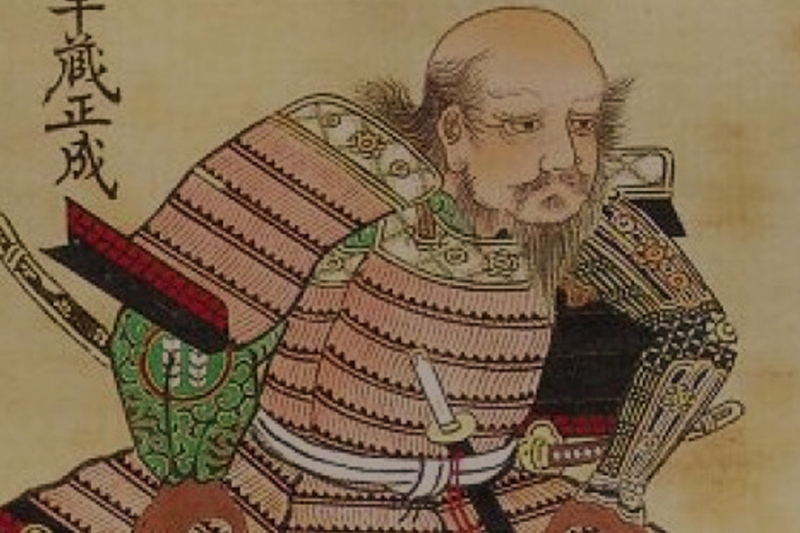
japanitalybridge.com 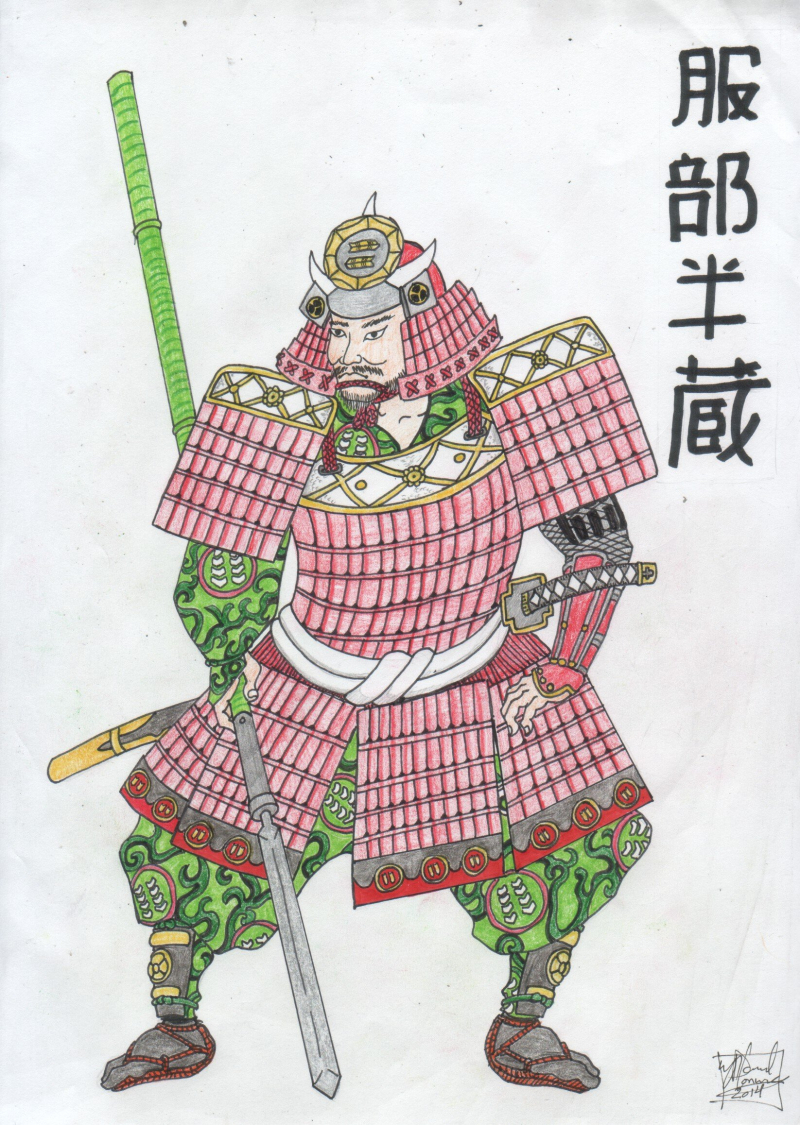
foundmyself.com -
Tokugawa Ieyasu, one of the most famous samurai warriors in history, was the founder and first shōgun of Japan's Tokugawa Shogunate, which controlled the country from 1603 until the Meiji Restoration in 1868. Along with his former lord Oda Nobunaga and fellow Oda subordinate Toyotomi Hideyoshi, he was one of Japan's three "Great Unifiers." Ieyasu, the son of a minor daimyo, served as a hostage for daimyo Imagawa Yoshimoto on behalf of his father. After his father's death, he succeeded as daimyo, acting as a vassal and general of the Oda clan and consolidating his power under Oda Nobunaga.
Ieyasu was a rival of Toyotomi Hideyoshi after Oda Nobunaga's death, before professing his allegiance and fighting on his behalf. Toyotomi moved Ieyasu to the Kanto plains in eastern Japan, away from the Toyotomi power stronghold in Osaka. He built his fortress in Edo, a fishing community (now Tokyo). During the Toyotomi era, he rose to become the most powerful daimyo and senior officer. In Toyotomi's failed attempt to invade Korea, Ieyasu maintained his strength. Ieyasu assumed power after Toyotomi's death in 1600, during the Battle of Sekigahara. He instituted the Bakugan system, a set of strict rules aimed to hold the daimyo and samurai in check under the Tokugawa Shogunate.
Japanese name: 徳川 家康
Born: 31 January 1543, in Okazaki Castle, Mikawa
Died: June 1, 1616, in Sunpu, Tokugawa shogunateOther names: Matsudaira Jirōsaburō Motonobu, Matsudaira Kurandonosuke Motoyasu, Matsudaira Ieyasu
Notable battles: Siege of Terabe, Siege of Marune, Siege of Kaminogō
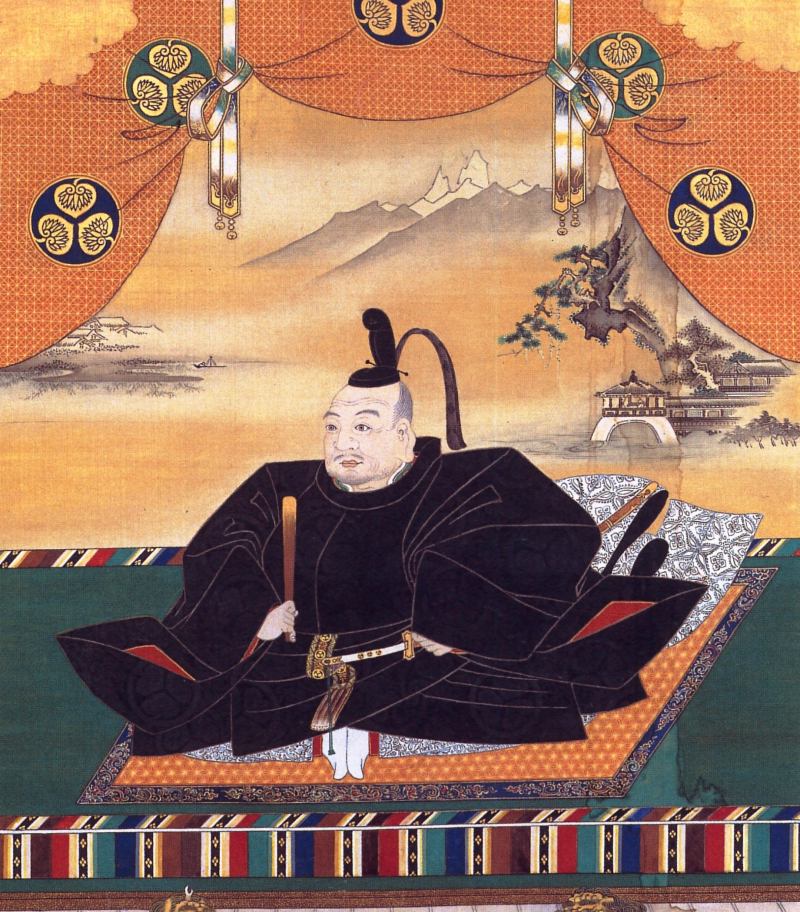
en.wikipedia.org 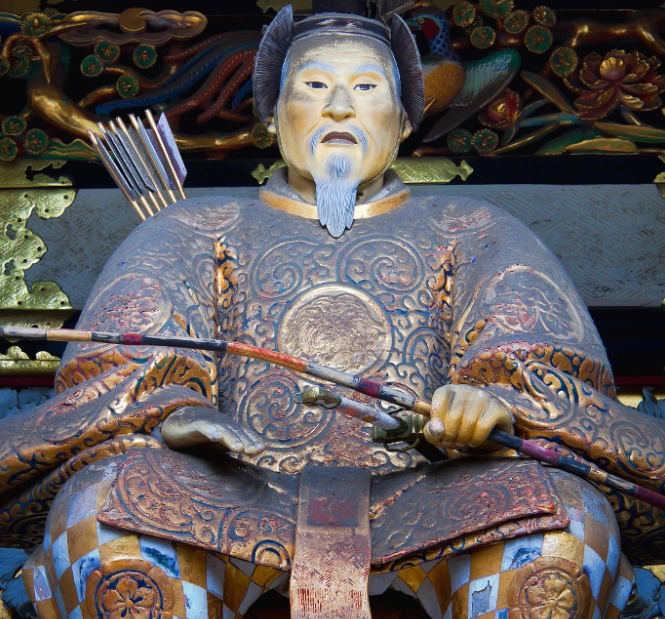
Statue of Tokugawa Ieyasu at the Tōshō Shrine in Nikkō, Japan -britannica.com -
Uesugi Kenshin (February 18, 1530 – April 19, 1578) was a daimyo who was born as Nagao Kagetora of the Nagao clan and controlled Echigo Province in Japan during the Sengoku period. He was a strong daimyo during the Sengoku period. While primarily recognized for his skills on the battlefield as a military genius, Kenshin is also considered an extraordinarily skilled administrator who supported the expansion of local businesses and trade, and his administration witnessed a significant boost in Echigo's level of life.
Kenshin is well-known for his honorable behavior, military prowess, long-standing rivalry with Takeda Shingen, several defensive wars to restore order in the Kant area as the Kanto Kanrei, and his faith in the Buddhist god of war, Bishamonten. Many of his disciples and others believed Kenshin was the Avatar of Bishamonten and referred to him as the "God of War."
It is an interesting fact that since 1926, the Kenshin Festival 謙信公祭 (Kenshin Kousai) has been held in Jōetsu every August. The procession begins at Kasugayama Castle, where an army of 400-1,000 troops will reenact the fourth Kawanakajima war. The Echigo Kenshin Sake Festival, which takes place every October, attracts over 100,000 visitors.
Japanese name: 上杉 謙信
Born: February 18, 1530, in Echigo Province, Japan
Died: April 19, 1578, in Echigo Province, JapanNicknames: Dragon of Echigo, God of War
Notable battles: Siege of Tochio, Battles of Kawanakajima, Siege of Odawara
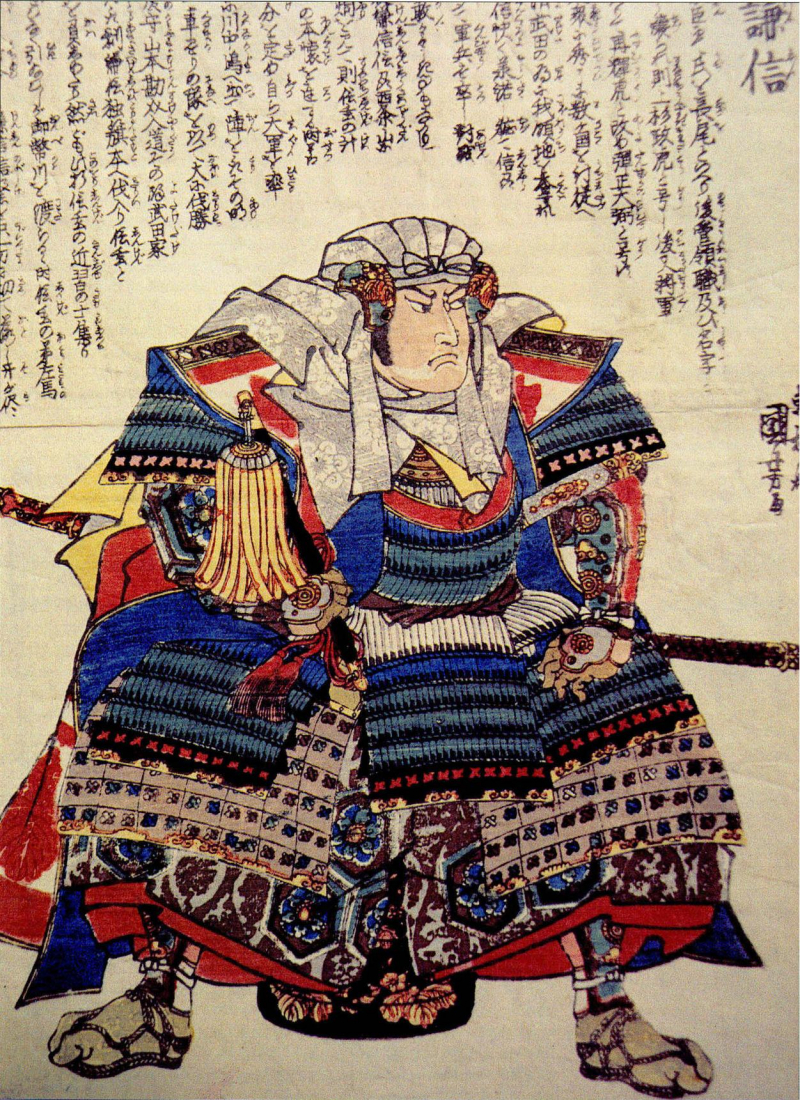
commons.wikimedia.org 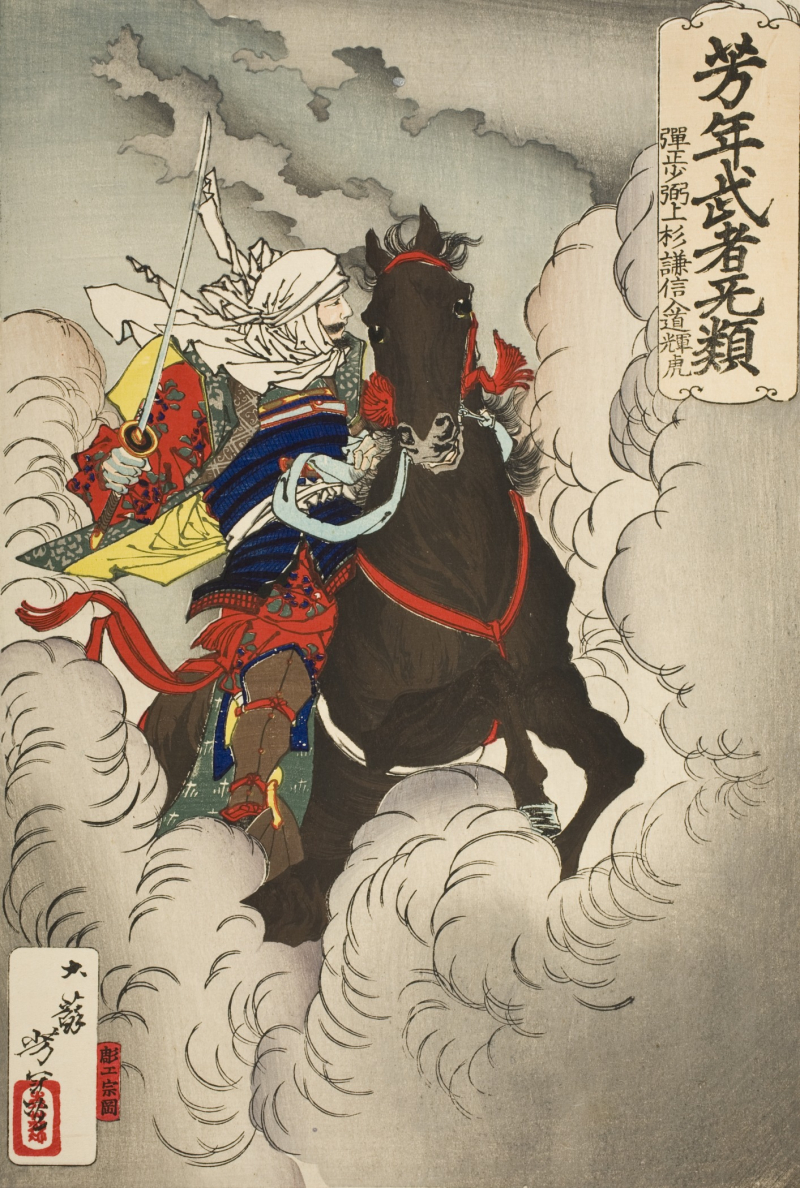
en.wikiquote.org -
Date Masamune (September 5, 1567 – June 27, 1636), one of the most famous samurai warriors in history, was a Japanese regional ruler from the Azuchi-Momoyama period through the early Edo period. He founded the modern-day city of Sendai as the heir to a long line of powerful daimyō in the Tōhoku region. Masamune was a brilliant tactician who was made even more famous by his missing eye, as he was known as the "One-Eyed Dragon of Ōshu."
Date Masamune was a feared fighter of his time, known for his affinity for brutality and lack of mercy. He had to work especially hard to be noticed as a boxer because he had lost sight in his right eye as a child due to smallpox. After a sequence of defeats in his early days, he gradually established himself as one of the most effective warriors of the day. When his father was kidnapped by his clan's enemies, Masamune responded by slaughtering all of them, killing his father in the process. As the leader of the Date clan, he later served Toyotomi Hideyoshi and Tokugawa Ieyasu.
Masamune died at the age of 68 due to esophageal cancer and peritonitis in 1636. He was returned to Sendai in the same daimyo procession as before. Date Tadamune, the bakufu's eldest son, was given permission to inherit the Date clan territory.
Japanese name: 伊達政宗
Born: September 5, 1567, in Yonezawa, Yamagata
Died: June 27, 1636, in Sendai, JapanNickname: Dokuganryū
Notable Battles: Battle of Hitotoribashi, Battle of Kōriyama, Siege of Kurokawa
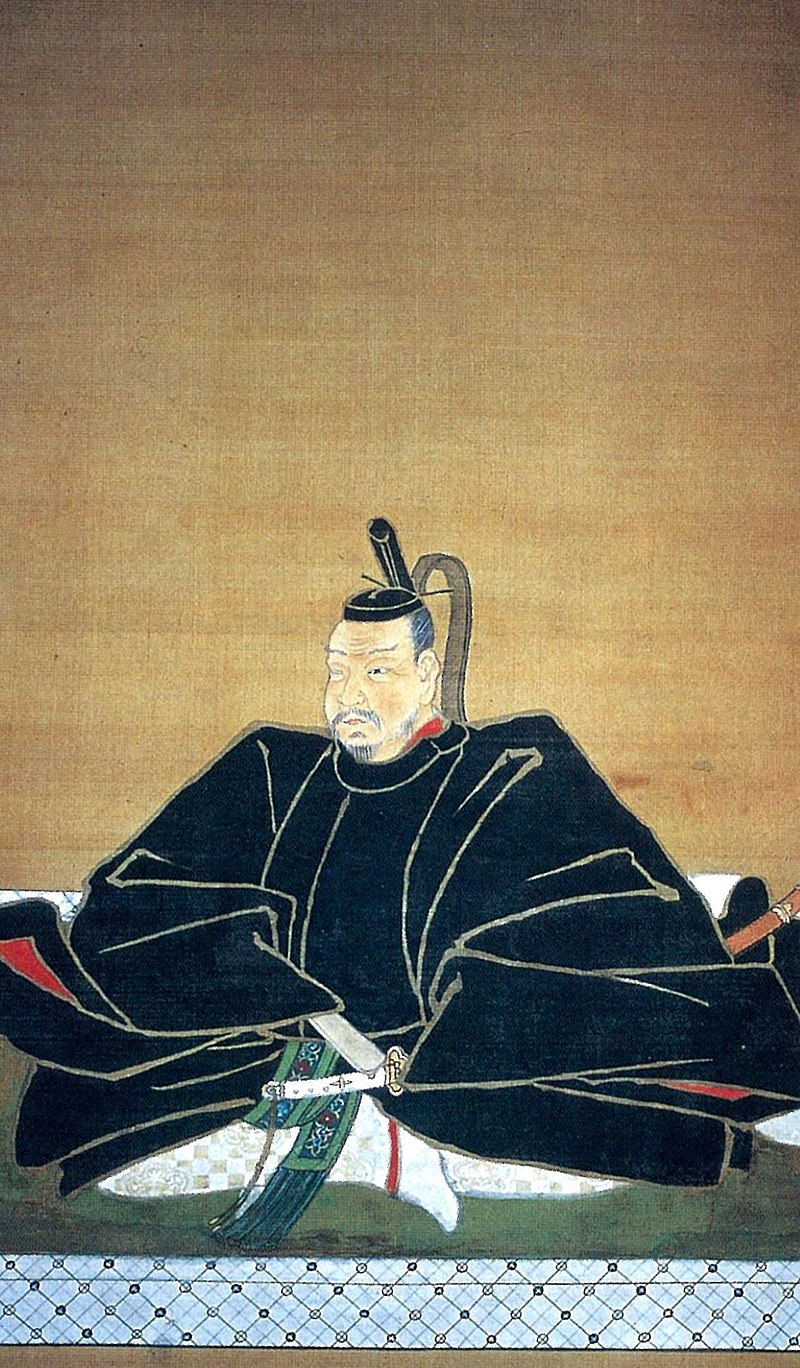
vi.wikipedia.org 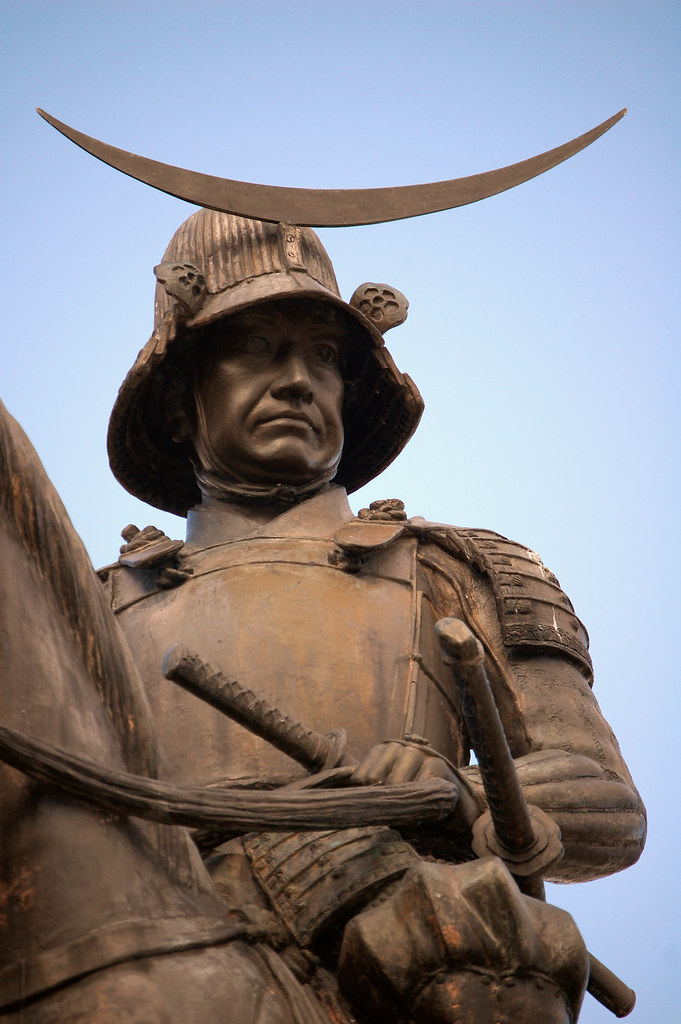
flickr.com -
Shimazu Yoshihisa (February 9, 1533 – March 5, 1611) was the eldest son of Shimazu Takahisa and the 16th Chief of the Shimazu clan of Satsuma Province. He is remembered as a superb general who successfully subjugated Kyushu with the help of his three brothers. Yoshihisa eventually triumphed and gained control over the whole Kyushu region in 1584.
The Kyūshū campaign of 1586-1587 was part of Toyotomi Hideyoshi's efforts to control Japan at the conclusion of the Sengoku era. Toyotomi Hideyoshi launches the Kyushu Campaign in 1586. By April 1587, Hideyoshi had arrived at Shimonoseki, passing through Chikuzen and Chikugo on his way to fight Yoshihisa in Higo. Mōri forces led by Kobayakawa Takakage joined Hidenaga's force at this moment, as the Mri had recently been suppressed. Hidenaga then pushed Shimazu forces back into Hyga and Bungo. The Shimazu fought admirably, but they lacked discipline and training and had few firearms; they were consistently outnumbered by better quality and quantity. The different island daimyos had sided with Hideyoshi by the end of May 1587. Shimazu was routed in Satsuma in June, and Hideyoshi besieged Kagoshima Castle. Yoshihisa requested peace, and a truce was reached. Hideyoshi offered lavish terms for long-term peace to Yoshihiro and Iehisa's sons; though Yoshihisa originally refused, Hideyoshi tried again and was successful this time.
He died of illness in Kokubu Castle on January 21, 1611. He was buried at Kagoshima at what was previously the site of Fukushoji; his tombstone, along with those of the other leaders of his clan, still stands. There are additional memorials to him in Kokubun, Ima Kumano Kannonji in Kyoto, and Koyasan. Though no image of Yoshihisa survives, there is a bronze statue of him at the Taiheiji representing his surrender to Hideyoshi. The statue was created after his death.
Japanese name: 島津義久
Born: February 9, 1533, in Izaku Castle
Died: March 5, 1611, in Kokubu Castle, KagoshimaNotable battles: Siege of Takabaru, Battle of Mimigawa, Siege of Iwaya Castle, Kyushu Campaign (1586-1587)
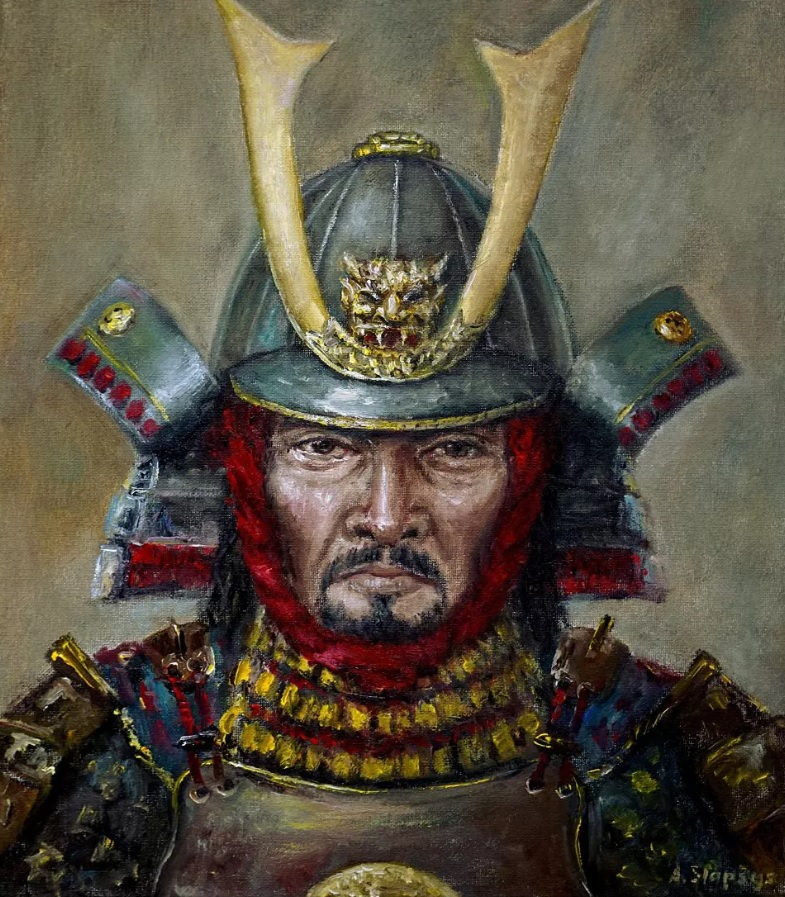
artfinder.com · In stock 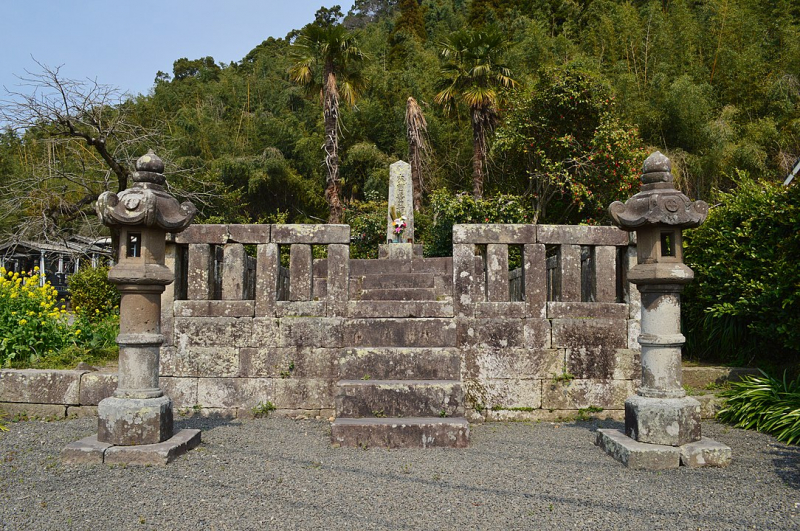
Tomb of Shimazu Yoshihisa in Tokuji-Temple -en.wikipedia.org













